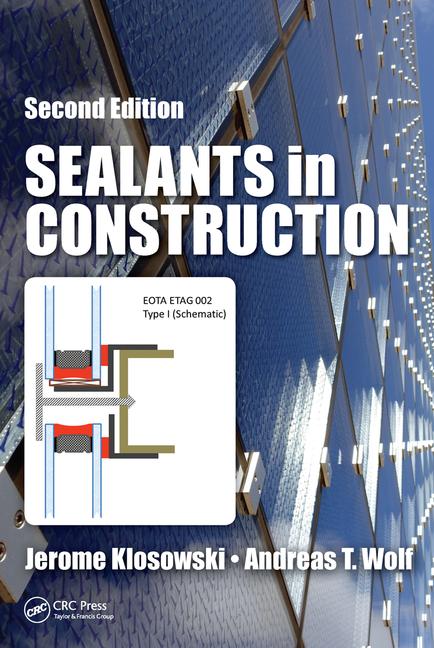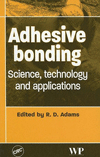Ask Dr. Dave: Is it serious for end users if there are some lumps in a construction adhesive paste?
While the particles are not producing a performance problem, your customers may observe them and think m, your customers may observe them and think that something has changed in the formula.

Question: Is it serious for end users if there are some lumps in a construction adhesive paste? The lumps are very small white particles/traces of kaolin that cannot be further dissolved by increasing the stirring time, but can still pass through a filter. Performance testing of the construction adhesive shows it is within the performance specifications; the only problem is that, during production, there are occasionally situations whereby lumps can be observed in the adhesive. Rework would be costly and time-consuming.
Answer: Obviously, the particles are not producing a performance problem, but your customers may observe them and think that something has changed in the formula. In my experience, this makes customers nervous about your production and quality control systems. I would suggest using better dispersion equipment, changing the order in which the pigment is added, or possibly trying a dispersion additive.
Question: Are RTV silicones still used widely for gasketing in the automotive industry?
Answer: These products have been widely used, particularly in North America at both the OEM and aftermarket levels for many years, despite concerns about some of the volatile byproducts on curing, such as oximes. In Europe, other elastomers, such as acrylic rubbers (known as ACM rubber), have been favored because of their good resistance to oil and hydrocarbon permeation, which is important for fuel systems. Recently, liquid versions of ACM have been introduced that show potential in both market segments.
Any views or opinions expressed in this column are those of the author and do not represent those of ASI, its staff, Editorial Advisory Board or BNP Media.
Looking for a reprint of this article?
From high-res PDFs to custom plaques, order your copy today!







